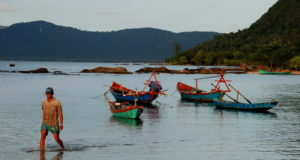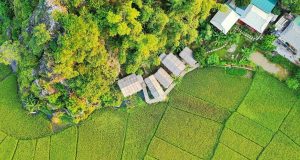Explore sustainable travel in Vietnam 2026 with eco-friendly destinations, green resorts, and community-based tourism supporting culture and nature.
In recent years, sustainable travel in Vietnam has emerged as one of the most inspiring movements in Asia. With its rich biodiversity, vibrant cultural heritage, and government commitment to green development, Vietnam is positioning itself as a top destination for eco-conscious travelers in 2026. Unlike mass tourism that often strains natural resources, eco-tourism here emphasizes environmental protection, cultural preservation, and local empowerment.
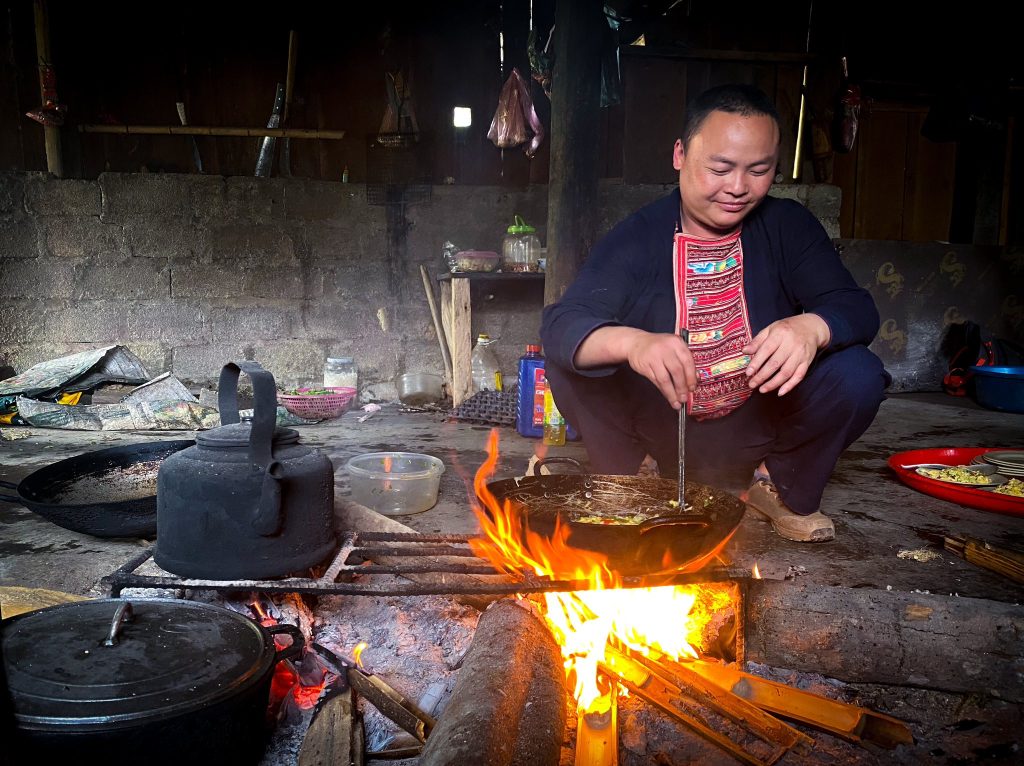
Vietnam’s tourism sector has made significant progress since the mid-2020s, with new policies supporting renewable energy in resorts, banning single-use plastics in UNESCO-listed sites, and investing in conservation projects in national parks. Travelers who once visited Vietnam for its beaches and historic towns are now drawn by its forward-thinking approach to sustainability. Whether exploring caves in Phong Nha, staying in green resorts in Phú Quốc, or immersing in community-based tourism in Vietnam, visitors can enjoy unforgettable experiences while contributing to the protection of nature and culture.
2026 is a pivotal year. Vietnam has set ambitious targets for green growth, with eco-tourism playing a central role in boosting international arrivals responsibly. For tourists looking for both adventure and authenticity, eco-tourism in Vietnam 2026 offers the perfect balance.
Eco-Friendly Destinations: Ninh Bình, Cát Tiên, Phong Nha–Kẻ Bàng
Ninh Bình – “Halong Bay on Land”
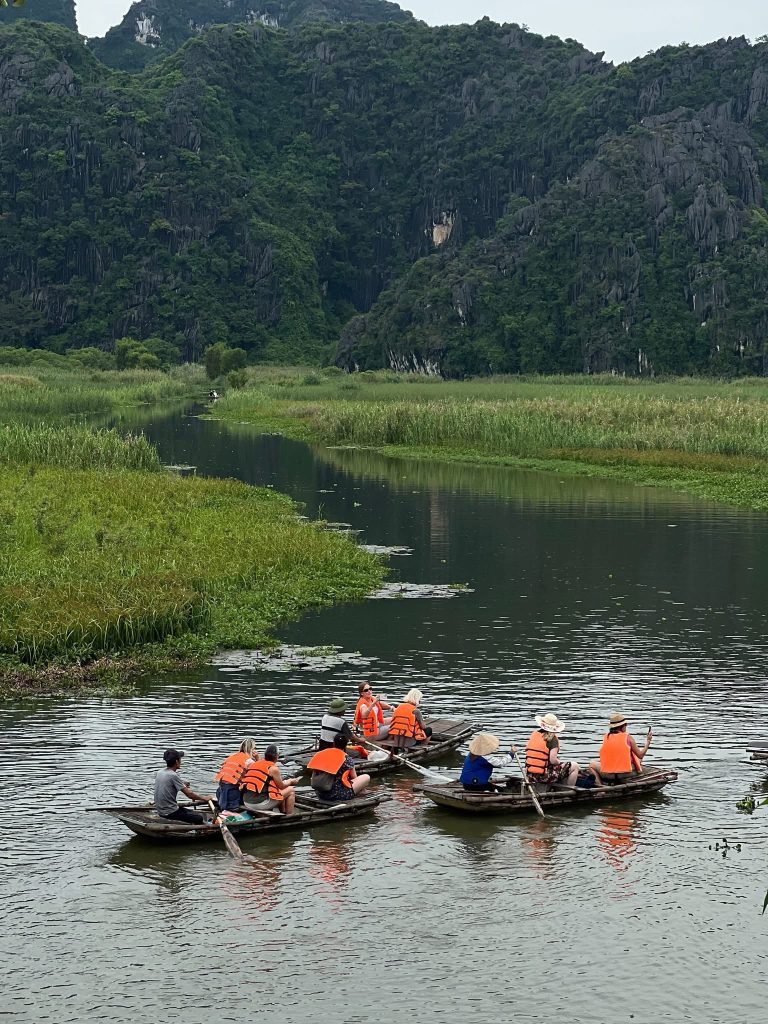
A UNESCO World Heritage Site, Ninh Bình has become a symbol of sustainable travel in Vietnam. Surrounded by dramatic limestone karsts, rice paddies, and winding rivers, the area offers eco-friendly boat tours run by local cooperatives. Instead of motorboats, visitors glide through caves and waterways on rowboats paddled by residents, minimizing pollution and creating sustainable income for communities.
Cycling tours through the countryside have become increasingly popular, allowing travelers to explore ancient temples, villages, and rice fields while reducing carbon emissions. With government restrictions on large hotel chains near heritage sites, small eco-lodges and homestays thrive, giving travelers authentic connections to local life.
Cát Tiên National Park – Vietnam’s Wildlife Haven

For nature lovers, Cát Tiên is one of the most biodiverse parks in Southeast Asia. Covering 72,000 hectares, it protects rare species such as the Siamese crocodile, sun bear, and gibbons. Tourism here is carefully managed, with eco-lodges located on the park’s edge and guided tours that educate visitors about wildlife conservation.
Trekking, bird-watching, and night safaris are popular activities, but what makes Cát Tiên remarkable is its role in conservation education. Revenue from eco-tourism directly supports anti-poaching patrols and reforestation programs, making each visitor part of a larger environmental mission.
Phong Nha–Kẻ Bàng – The Kingdom of Caves
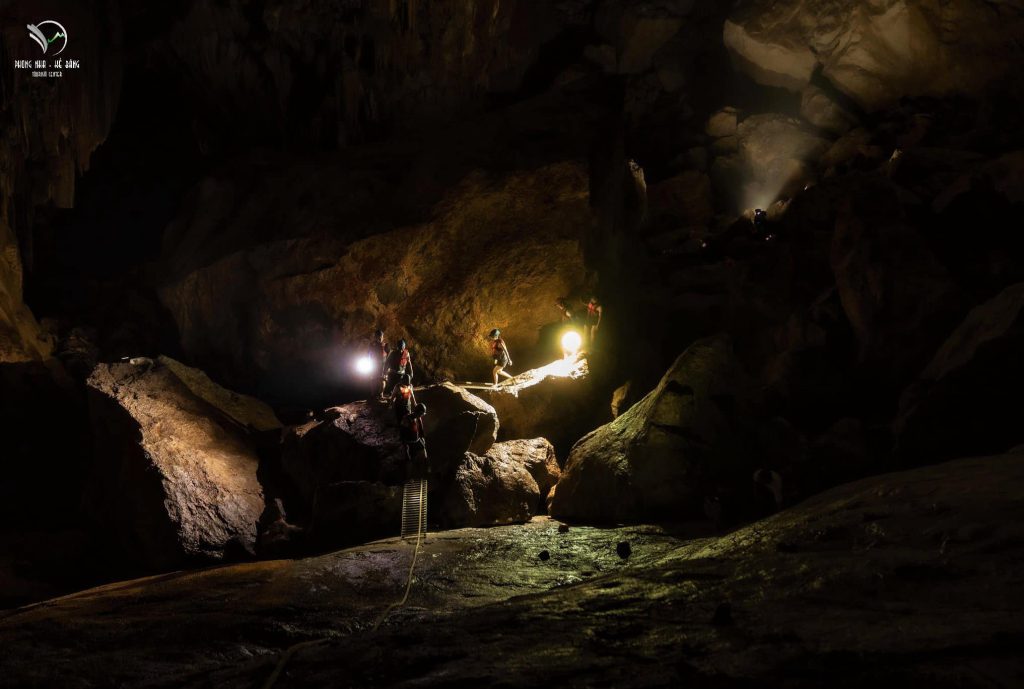
Phong Nha–Kẻ Bàng National Park in Quảng Bình Province is globally renowned for its cave systems, including the world’s largest, Sơn Đoòng. Instead of mass tourism, authorities enforce strict permits and limit daily visitors to preserve the delicate ecosystem. Expeditions are led by trained local guides, ensuring both safety and sustainable income distribution.
Beyond caves, the park offers jungle treks, river kayaking, and eco-farming tours. Many travelers describe Phong Nha as a model of eco-tourism in Vietnam 2026, blending adventure with strong conservation ethics.
Green Resorts & Eco-Lodges: Phú Quốc, Côn Đảo, Sapa
Phú Quốc – The Pearl Island Goes Green
Once famous for rapid development, Phú Quốc is transforming its tourism landscape by embracing sustainability. In 2026, several luxury resorts on the island are powered by solar energy, recycle wastewater, and eliminate plastic use. Resorts like Mango Bay and eco-friendly boutique hotels lead the way, offering villas surrounded by lush gardens where biodiversity is preserved.
Travelers can enjoy snorkeling in marine-protected areas, visit organic pepper farms, or take guided tours to discover the island’s forests, which are now under stricter protection. This balance of comfort and conservation makes Phú Quốc a model for green resorts in Vietnam.
>> People read also how to get to Phu Quoc Island.
Côn Đảo – From Prison Island to Eco Paradise
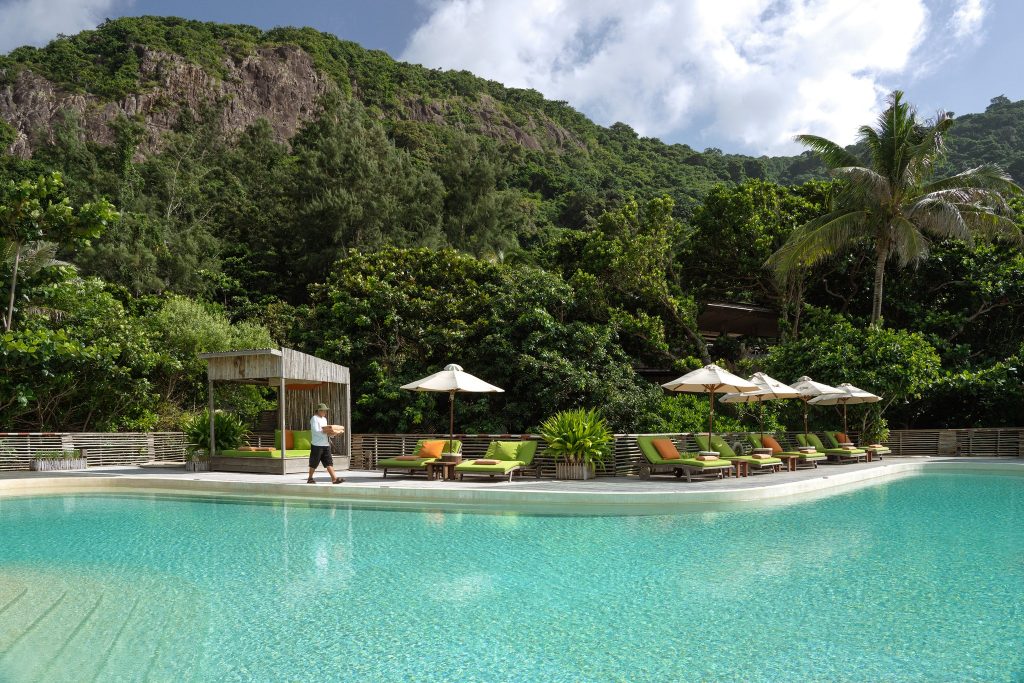
Côn Đảo, once a place of colonial prisons, is today one of Vietnam’s most pristine archipelagos. Home to sea turtle nesting grounds, coral reefs, and untouched beaches, Côn Đảo emphasizes low-impact tourism. High-end eco-resorts such as Six Senses Con Dao incorporate bamboo architecture, renewable energy, and strict environmental standards.
The island also offers eco-activities such as turtle-watching tours, forest trekking, and marine conservation volunteering. Visitors not only enjoy luxury but also contribute to protecting endangered species and supporting local livelihoods.
Sapa – Sustainable Tourism in the Northern Highlands
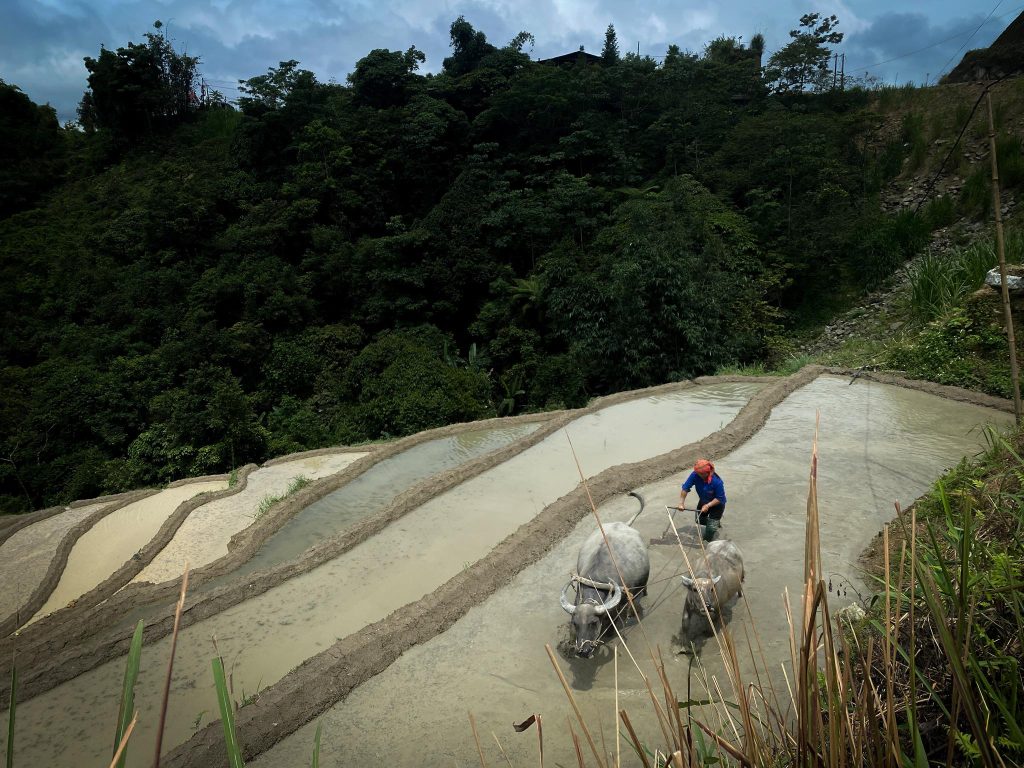
Nestled in the mountains of Lào Cai Province, Sapa is famous for terraced rice fields and ethnic minority cultures. While tourism once caused overdevelopment, in 2026, new regulations and eco-lodge investments have shifted the focus to sustainability.
Boutique ecolodges and homestays use local materials like wood and stone, minimize energy consumption, and employ local staff. Hiking routes are managed to reduce erosion, and cultural performances are community-led rather than commercialized. Sapa now represents a strong example of eco-tourism in Vietnam 2026, where authentic experiences and environmental respect go hand in hand.
Community-Based Tourism: Homestays with Ethnic Minorities
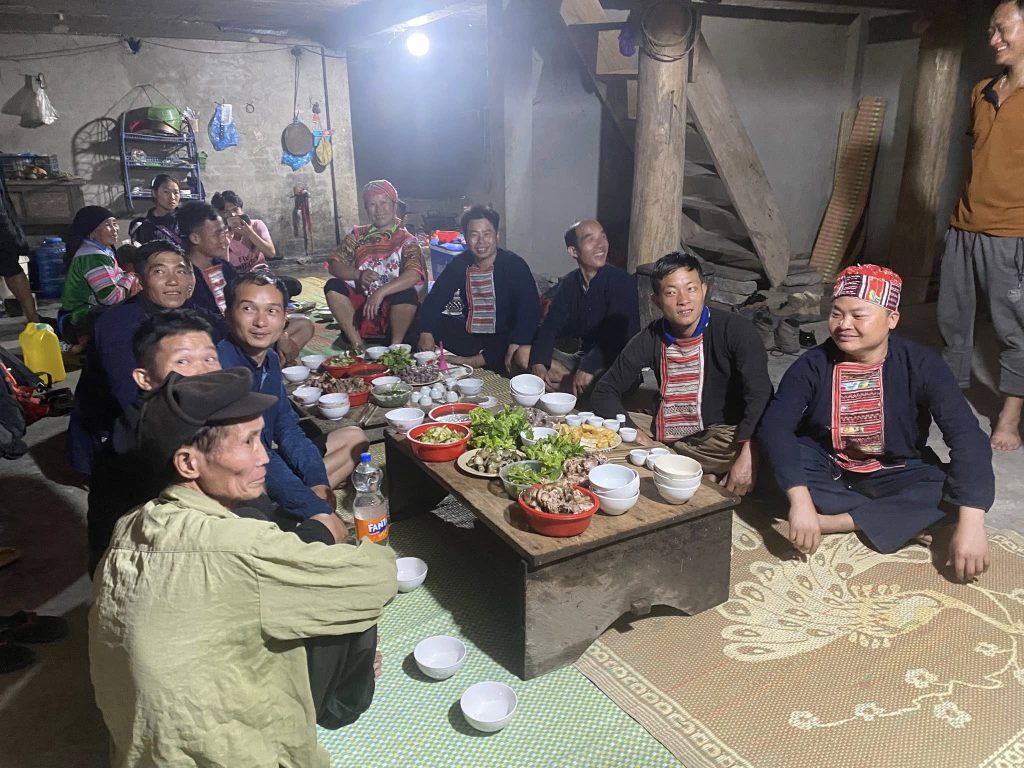
One of the highlights of sustainable travel in Vietnam is staying with ethnic minority families in remote regions such as Hà Giang, Mai Châu, and the Central Highlands. Community-based tourism not only provides visitors with authentic cultural immersion but also ensures that economic benefits remain with the host communities.
In Hà Giang, for instance, H’mong and Dao families open their wooden stilt houses to guests. Travelers can learn traditional weaving, join farming activities, and share meals prepared with locally grown ingredients. Instead of commercial hotels, the emphasis is on simple, meaningful interactions.
Mai Châu Valley, close to Hanoi, offers peaceful homestays among rice fields. Visitors cycle through villages, watch traditional dance performances, and support cooperative handicraft projects. Revenue from these stays helps fund local schools, healthcare, and cultural preservation.
In the Central Highlands, community-based tourism also empowers ethnic groups to showcase coffee farming, gong music, and forest conservation efforts. For many travelers, these experiences are the most memorable part of their Vietnam journey—personal connections and cultural exchange far beyond typical sightseeing.
By choosing community-based tourism in Vietnam, visitors play an active role in poverty reduction, cultural preservation, and sustainable growth.
Practical Tips for Eco-Conscious Travelers
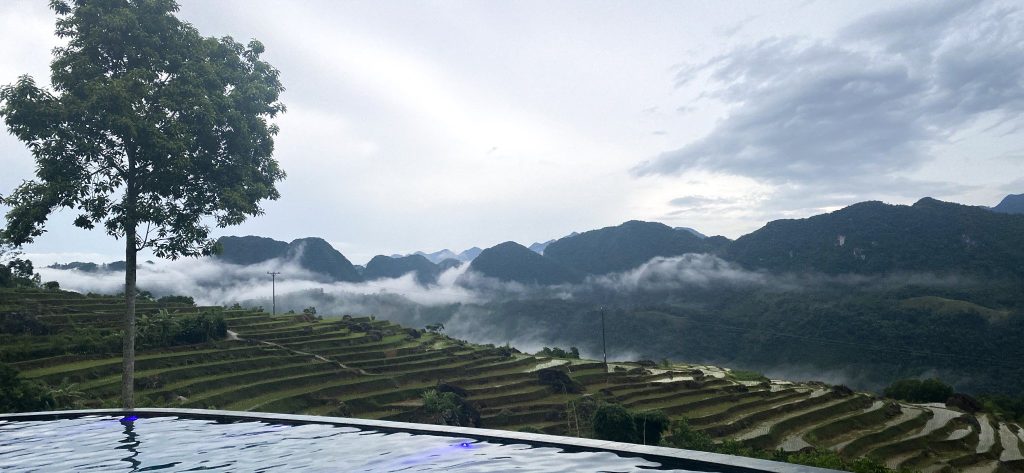
To make the most of your eco-tourism in Vietnam 2026 experience, travelers can follow a few simple but impactful practices:
- Choose eco-certified accommodations – Look for green resorts and eco-lodges that use renewable energy, recycle waste, and support conservation projects.
- Travel slow, travel local – Opt for bicycles, electric vehicles, and public transport when possible. Consider longer stays in fewer destinations to reduce your carbon footprint.
- Respect nature & wildlife – Stay on marked trails, avoid buying wildlife products, and never disturb animals in their natural habitat.
- Support community initiatives – Book homestays, purchase handicrafts directly from artisans, and eat at local family-run restaurants to ensure income stays within the community.
- Reduce plastic use – Carry a reusable water bottle, shopping bag, and bamboo straw to avoid contributing to plastic waste.
- Learn & engage – Join workshops on organic farming, conservation volunteering, or cultural exchange programs to deepen your travel experience while supporting local sustainability.
These steps may seem small, but when multiplied by thousands of tourists, they significantly contribute to the long-term success of sustainable travel in Vietnam.
Conclusion: Vietnam 2026 as a Green Travel Inspiration
Vietnam in 2026 is not just a destination for beaches, mountains, or cultural wonders—it is a country redefining how tourism and sustainability can go hand in hand. From eco-friendly destinations like Ninh Bình and Phong Nha to green resorts in Vietnam such as those in Phú Quốc and Côn Đảo, the nation is building a new model of responsible tourism.
By embracing community-based tourism in Vietnam, travelers become part of a movement that protects heritage, uplifts local people, and safeguards biodiversity. Practical eco-conscious travel choices ensure that natural beauty and cultural traditions are preserved for future generations.
As Vietnam positions itself as a leader in eco-tourism in Asia, 2026 truly marks a new chapter: where traveling responsibly is not just an option but the most rewarding way to explore. For visitors seeking meaningful journeys, Vietnam offers the perfect invitation—come for the landscapes, stay for the culture, and leave with the knowledge that your trip has made a positive impact.
Finally, ensure a seamless journey by working with a local specialist to create your tailor made Vietnam tour!
 Vietnam Travel Guide Backpacking and Individual Travel Blog
Vietnam Travel Guide Backpacking and Individual Travel Blog



